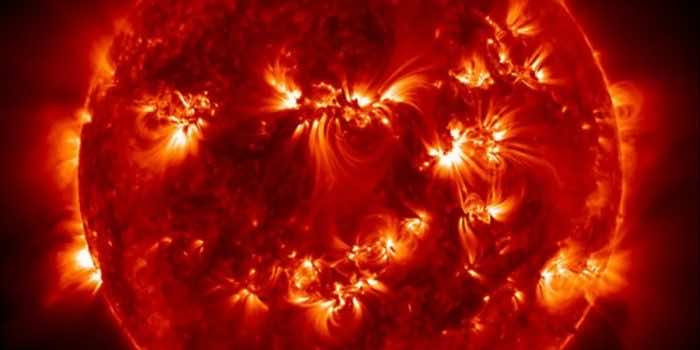Today we are talking about an interesting astronomical incident that captured the attention of several astrophysicists. It has been reported that NASA’s Solar and Heliospheric Observatory has recently detected a comet that crashed into the Sun due to its strong gravitational pull. They were observing the regular solar movements when this unusual occurrence was spotted by NASA. As per the a report from CNET, the comet crashed because of its inability to sustain itself against the massive gravitational attraction of the Sun.

According to the astronomer Tony Phillips, who wrote for Spaceweather.com, “The doomed comet was almost certainly a ‘Kreutz sungrazer,’ a fragment from a giant comet that broke apart many centuries ago. A swarm of these fragments orbits the sun, and every day at least one gets too close and disintegrates. Most, measuring less than a few meters across, are too small to see, but occasionally a big one like today’s attracts attention. “
As a matter of fact, comets are small bodies of the solar system that when passed near to the sun may heat up and start releasing gases. As far as their size parameter is concerned, it can range from “a few hundred meters to tens of kilometers.” NASA defined comets as, “Comets are cosmic snowballs of frozen gases, rock, and dust that orbit the Sun. When frozen, they are the size of a small town. When a comet’s orbit brings it close to the Sun, it heats up and spews dust and gas into a giant glowing head larger than most planets. The dust and gases form a tail that stretches away from the sun for millions of miles. There are likely billions of comets orbiting our Sun in the Kuiper Belt and even more distant Oort Cloud. “

On the other hand, there are certain types of comets that have different portrayal parameters. One such comet is known as the “Kreutz sungrazer,” which is found extremely close to the Sun. They have their origins dating back to a few centuries ago when they came into being as a result of the fragmentation of a large comet. One of the brightest comets in the last millennium was known as “Ikeya-Seki” and was discovered in 1965. Generally, comets are frequently found closest to the sun in daylight conditions. Hence, we can say that the sungrazer vanished due to the intense heat coming out of the sun. This shows the mighty nature of the sun which depicts that even comets couldn’t resist in front of it.


